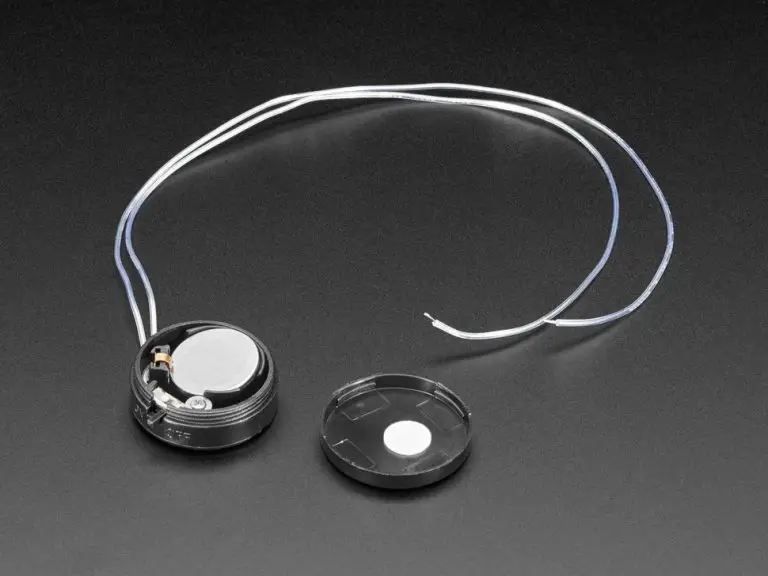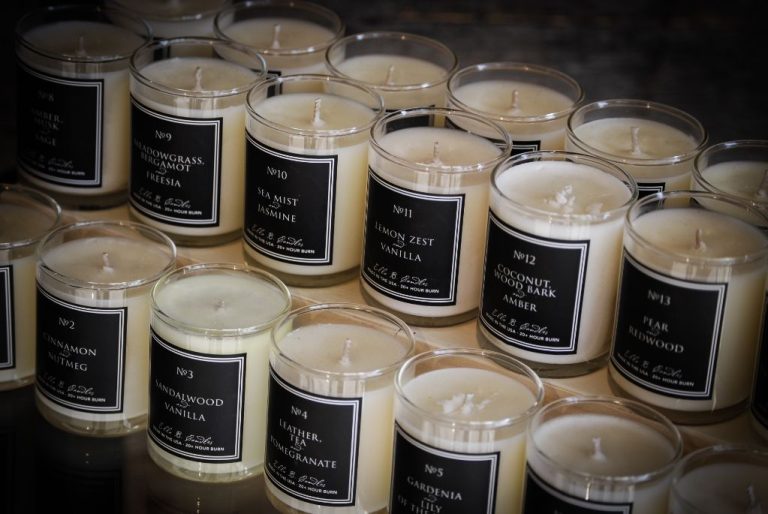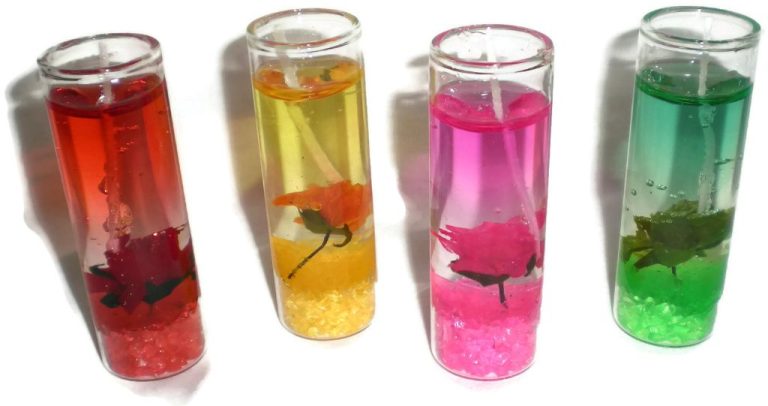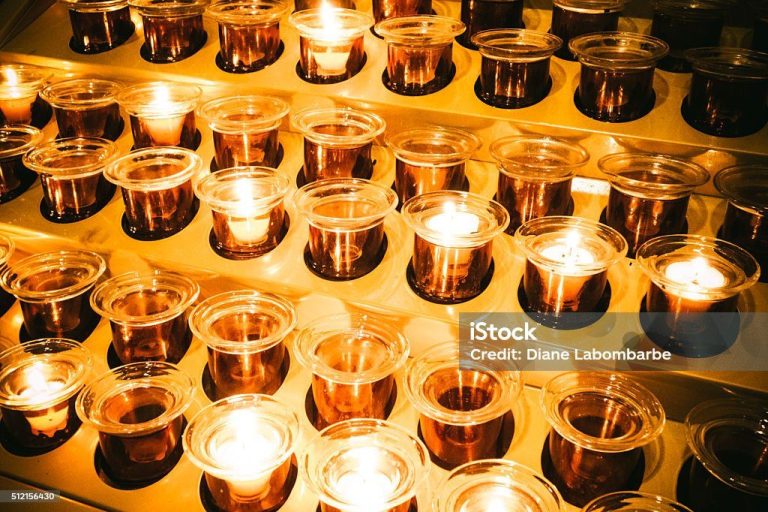Types Of Wax And Candle Varities Explained
Introduction to Candlemaking
Candles have been used for light and rituals for thousands of years. The earliest known use of candles dates back to ancient Egypt and China around 3,000 BCE, where candles were made by soaking the pithy core of reeds in animal fats. In early candlemaking, animal fats were placed in concave stones and lit with dried reeds and sticks. The Romans are credited with developing the wick candle, which was made from rendering animal fat over wood wicks. Candles then spread throughout Europe during the Middle Ages. “History of Candles” Candlemaking further evolved during the 18th century, with spermaceti oil from whales and beeswax becoming popular candle ingredients. “Wikipedia: History of Candle Making”
Today, there are many types of waxes used in candlemaking, with paraffin being the most common. However, beeswax, soy wax, palm wax, and gels provide alternatives. The wax type affects the candle’s burning properties, scent throw, and appearance. Proper wick selection is also key to ensure the candle burns cleanly without excess smoke or soot. Candlewicks are made of materials like cotton, paper, or wood. The candlemaking process involves melting wax, adding fragrance and dye, pouring into molds or containers, inserting wicks, and allowing to cool and cure before burning. “The History of Candle Making” With an understanding of materials and techniques, candlemakers can craft beautiful and functional candles.
Beeswax
Beeswax is a natural wax produced by honey bees. It has a sweet, honey-like aroma and is commonly used to make candles. Some key properties and benefits of beeswax candles include:
- Made from 100% natural ingredients – beeswax contains no paraffin, petroleum or synthetic ingredients (source: https://www.honshoney.com/blog/2021/10/26/4-benefits-of-beeswax-candles)
- Pleasant, honey-like aroma – the scent comes directly from honeycomb (source: https://creativecandles.com/blogs/blog/benefits-of-beeswax-candles)
- Longer burn time – beeswax has a higher melting point resulting in slower burning candles (source: https://beeswaxco.com/beeswax-candles/makes-beeswax-candles-great/)
- Air purifying – helps neutralize odors and pollutants in the air (source: https://creativecandles.com/blogs/blog/benefits-of-beeswax-candles)
Some potential drawbacks of beeswax candles include higher cost compared to paraffin varieties. They can also be messier if not burned properly, as excess melted wax may pool around the candle.
Paraffin Wax
Paraffin wax is derived from petroleum and is the most commonly used candle wax today. It has a low melting point which makes it easy to work with for candle making. Some key properties and processing details of paraffin wax include:
- It has a crystalline structure which allows it to burn slowly and provides rigidity for molded candle shapes.
- Paraffin wax is extracted through the distillation of crude oil. The molecules are further refined to achieve the desired properties.
- It typically has melt points between 117-160°F making it easy to melt and mold into candle containers.
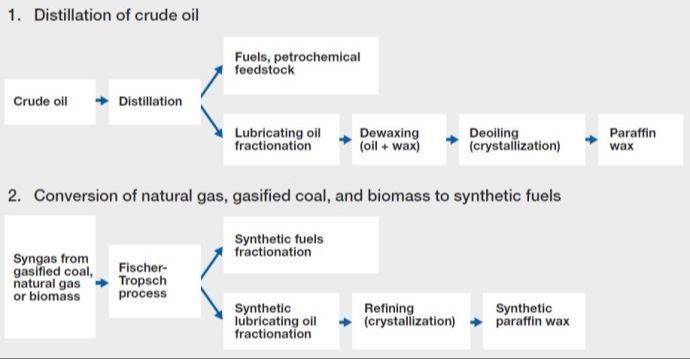
Some benefits of paraffin wax include:1
- Low cost and widely available.
- Excellent scent throw and ability to hold fragrance oils.
- Easy to color and dye in a variety of vivid colors.
- High melting point allows candles to retain their shape in warm environments.
Some drawbacks of paraffin wax are:2
- Derived from non-renewable petroleum sources.
- Can produce more soot than natural waxes when burning.
- Not biodegradable like some natural waxes.
Soy Wax
Soy wax is made from soybeans and has become a popular alternative to paraffin wax. Some key properties of soy wax include:
- Made from a renewable resource – soybeans
- Burns cleaner than paraffin with less soot
- Natural wax with no chemicals added
- Biodegradable and environmentally friendly
- Typically blended with other waxes for ideal properties
- Available in different melt points for versatility
Some benefits of soy wax candles include:
Soy wax can hold fragrances, though not as strongly as paraffin. The clean burn produces less soot and allows fragrance to fill the room. Soy candles are often promoted as eco-friendly and renewable. The natural wax may appeal to some customers looking to avoid petroleum-derived paraffin.
Some potential drawbacks to soy wax include:
Soy wax can be quite soft, so it may not be ideal for pillar candles. It also does not adhere as well to wicks and jars compared to paraffin. The natural wax also tends to have a lower fragrance throw than paraffin candles. Proper testing and blending is important for optimal soy candle performance.
Palm Wax
Palm wax comes from the leaves of palm trees and is a popular natural wax for candle making. It has some unique properties compared to other waxes:
- Has a high melting point between 135-145°F, making it ideal for container candles.
- Produces a smooth, creamy finish with medium viscosity.
- Provides excellent scent throw and color dispersion.
- Burns clean without producing excess soot.
However, palm wax does raise some sustainability concerns. Palm trees are grown on plantations that contribute to deforestation in areas like Indonesia and Malaysia (1). Using sustainably sourced palm wax helps support more responsible practices.
The benefits of palm wax include (2):
- Being biodegradable and made from a renewable resource.
- Having a natural beige color that blends well with dyes.
- Good scent throw even without additives.
- Harder finish compared to soy or other waxes.
Palm wax makes glossy, smooth candles with vivid colors and strong hot throw. It’s a nice option for natural candle makers looking for an alternative to paraffin.
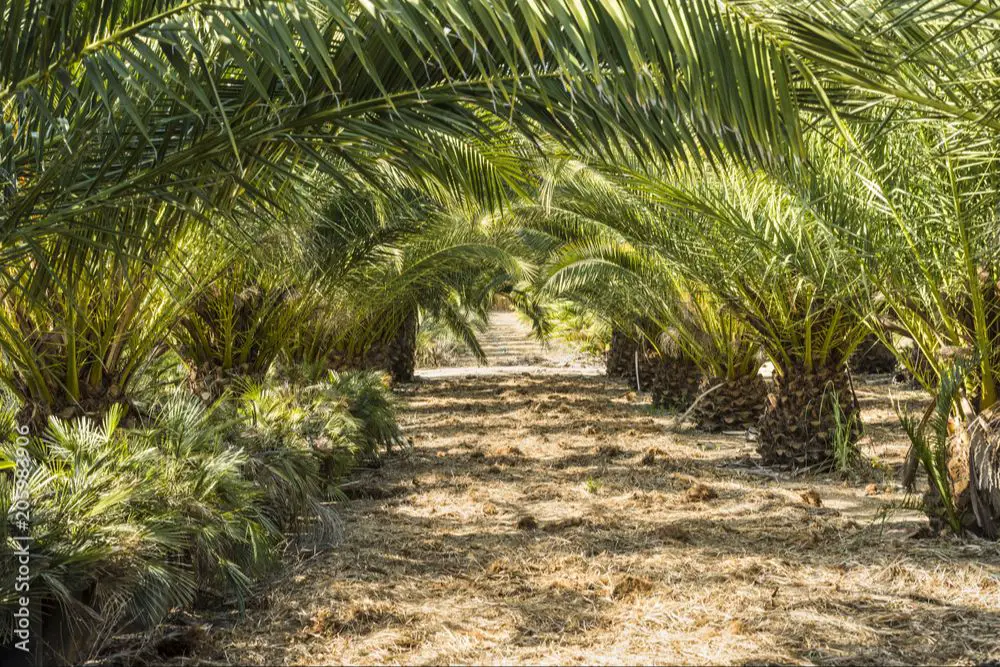
(1) https://www.cargill.com/bioindustrial/naturewax/palm-vegetable-oil
(2) https://www.colonialcandlecrafters.com/collections/palm-wax-candles
Gel Wax
Gel wax is a type of candle wax that has a transparent, gel-like consistency. It is known for its crystal clear appearance, soft and flexible texture, and excellent scent throw. Some key properties and benefits of gel wax include:
Clarity – Gel wax remains transparent and does not get cloudy as it cools. This allows colors to shine through vividly.
Flexibility – The pliable gel texture makes it easy to embed botanicals or create sculpted candle designs.
Fragrance – Gel wax can hold a high concentration of fragrance oil, between 5-6%, producing candles with excellent scent throw.
Smokeless – Gel wax burns cleaner than paraffin with very little soot or smoke produced.
Softness – The supple gel texture results in candles that are soft to the touch even when cooled.
Due to its clarity and flexibility, gel wax is commonly used for embeds, sculpted candles, and container candles where colors and scents need to shine through. It requires mixing with a hard wax to create free-standing pillar or taper candles. Gel wax produces candles with exquisite appearance and long-lasting fragrance.
Natural Waxes
There are several types of natural waxes that are commonly used in candle making:
Beeswax is produced by honey bees and has a natural honey scent. It is the oldest and most traditional wax used for candle making. Beeswax burns cleanly and emits negative ions which help purify the air. Some benefits of beeswax candles include being non-toxic, hypoallergenic and emitting very little smoke. However, beeswax can be expensive and tricky to work with.

Soy wax is made from hydrogenated soybean oil. It burns clean and is biodegradable and renewable. Soy wax tends to be softer than other waxes so the candles require more care. Soy wax also holds scent very well. Some benefits of soy candles are that they do not release harmful toxins and work well for essential oil blends.
Palm wax comes from the leaves of palm trees. It is hard, brittle and glossy. Palm wax makes opaque candles with a high melting point. Palm wax candles burn slowly and cleanly while emitting a bright flame. However, the palm oil industry has raised environmental concerns.
Other natural waxes like bayberry and candelilla are also used but less common. Bayberry wax comes from the berries of the bayberry shrub and has a characteristic aroma. Candelilla wax is derived from the leaves of a Mexican shrub and makes hard, brittle candles.
Wax Blends
Candle makers often blend different types of wax together to achieve desired properties in their candles. Wax blends allow for customization to get the perfect melt point, texture, color distribution, fragrance adhesion, and burn characteristics. Popular wax blends include:
Paraffin-Soy Blends: Mixing paraffin and soy waxes combines the excellent scent throw and glossy finish of paraffin with the cleaner burn and eco-friendly aspects of soy wax. The ratio can be adjusted based on preferences. A higher paraffin content offers a stronger scent but less eco-friendly option, while more soy provides a cleaner, natural burn. A typical blend is 60% paraffin, 40% soy.
Beeswax Blends: Beeswax is often blended with other waxes like paraffin, soy, or coconut wax. Adding a bit of beeswax helps harden the wax blend and makes it easier to work with. Beeswax also adds its natural honey scent. A typical blend is 5-10% beeswax with paraffin or soy wax.
Coconut-Soy Blends: Mixing coconut wax with soy wax combines soy’s excellent burn qualities with coconut’s superior scent throw. The textures also balance each other out, with soy providing a smooth finish and coconut giving shape retention. A 50/50 coconut soy wax blend is common.
The benefits of wax blends include customization for the perfect candle characteristics, capitalizing on the strengths of multiple waxes, and cost savings from using less of the more expensive waxes. Testing blends to find the ideal recipe is key for candle makers.
Candle Shapes
Candles come in a variety of shapes and sizes. Some of the most common candle shapes include pillars, votives, tapers, containers, and tealights. Pillar candles are tall, cylindrical candles that stand on their own. They range in diameter from 2 to 3 inches. Votives are short, cylindrical candles in small containers to help capture melted wax. Tapers are slim, tall candles that are meant to fit into candleholders. Containers are candles poured into jars, cups, or other vessels. Tealights are very small candles in thin metal containers.
Candlemakers use a variety of molds to create unique candle shapes beyond the basics. Geometric shapes like cubes, hexagons, and pyramids have become popular designer candle styles. Nature-inspired shapes like leaves, seashells, and flowers are also trendy. Some novelty candle shapes include numbers, letters, animals, holiday themes, and more. The right candle wax for the mold depends on the intricacy of the shape. For complex molds, a pliable soy or other natural wax works best. Smooth pillar molds can use paraffin, soy, or blended waxes. Fragile tapers and votives are often made from paraffin or beeswax.
Candle Coloring
Candle coloring allows you to customize the appearance of your candles and make them truly unique. There are several methods for adding color to candle wax:
Dyes
Liquid candle dyes are extremely concentrated, so only a small amount is needed to achieve vivid colors. They are available in a wide range of hues. Candle dye works well in soy, paraffin, and other wax types. According to Bramble Berry, when using liquid dyes, it’s best to add the dye to melted wax before pouring candles.
Color Blocks
Pre-colored wax color blocks allow you to create layered or ombre effects. Simply melt the blocks along with uncolored wax. Color blocks are available in sets with popular color combinations.
Benefits of Coloring

Adding color to candles allows for creative expression and enables you to match home décor. Colored candles can also be used to create certain ambiences and moods. For example, blue or green candles can promote relaxation.

